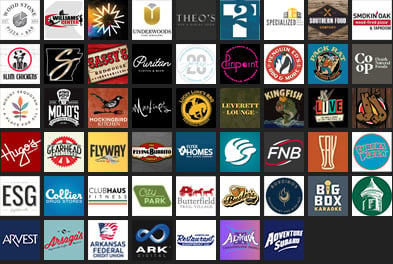
The other day, I mentioned on Twitter that I was amazed to see how many people were “Tweeting but not Twittering.” I’ve since received a few inquires as to what I meant by that.
If you’re not familiar with Twitter, none of this is going to make any sense at all. And if you think Twitter is a giant waste of time, well, you should probably get back to work because this whole post is about Twitter.
The Tweet I sent out was really in response to the many news organizations and businesses we follow that have recently begun using Twitter to send out headlines and links to full stories on their own websites or on blogs they read.
If you have just begun using “this new Twitter thing,” I have a question for you: Are you Twittering or are you just Tweeting?
Some will say they’re the same thing but to Tweet is not (necessarily) to Twitter. That’s because Twitter is all about conversation. There is always, of course, an exception or two but if you’re looking to build trust and loyalty, the real value in Twitter (and any form of social media) is actually connecting with people.
Sending out links to your own stories or your favorite stories without any kind of conversation is the digital equivalent to the bulletin board at your local grocery store. You log in. You post links. You log out.
To me, there’s absolutely no value in this practice. I think eventually, people will stop clicking your links. Then they’ll start ignoring your Tweets. Then they’ll stop following you completely.
Although Twitter was started by a guy with the idea of being able to know what his friends were doing at any given moment, the concept of a simple status update has become something much bigger; a platform for individuals and businesses who are looking to increase site traffic and overall exposure by creating contacts and building networks.
If you’re using Twitter for nothing more than to continue the one-way flow of information that started long before the digital age, you are missing out on the most important element of why social media tools are becoming so popular; interactivity.
If you happen to follow some of our local news organizations on Twitter, you know exactly what I’m talking about. Out of the blue, at some point in the day, one of these places will put out about 10 Tweets in a row with nothing more than a headline and a link.
Although I don’t agree, some have referred to this as Twitter spam. To me, there’s not really anything wrong with a headline and a link if used in moderation. Heck, when necessary, we do it here at the Flyer on our Twitter account.
If Tweeting every story is how you wanna do it, though, there’s always a way to add some life to a non-breaking headline if you just take a moment and ask yourself, “Why will my followers care about this particular Tweet and what’s going to make them click on my link?” And as far as timing goes, hold off on posting them all at once. Give us a break here, k? Let us digest for a minute or two.
But don’t stop short. Join in on the conversation from time to time. Ask or answer a question. Give a shout out to your followers. Thank them for adding you to their list. It was their decision to do so, you know?
What do you guys think? Are news organizations missing out on a really big opportunity here by using Twitter as nothing more than a repurposing tool? Are your friends doing the same? Your company? You?
Kyle Judkins of The Social Media Club of Northwest Arkansas recently posted a couple of great resources on the basics of Twitter. They’re eBooks, to be exact. One is called the Twitter Manual and is basically an introduction to Twitter from the ground up. The other is called the Twitter Marketing Book and is exactly what it sounds like.
Both are excellent reads for anyone interested in getting started with Twitter or the benefits of using it as a marketing tool for your business or organization. I’d suggest taking a few minutes to read some of this stuff if you suspect you might be Tweeting but not Twittering.

